More than 50 research results on the lunar samples brought back by the Chang'e-5 mission have been published in notable academic journals at home and abroad, pushing China's lunar science research to the international forefront, according to the China National Space Administration (CNSA).
Over 150 scientists and researchers participated in the first Chang'e-5 Lunar Sample Research Results Seminar held by the CNSA on Monday. They discussed topics ranging from the characteristics of Chang'e-5 lunar soil samples, the history of lunar volcanic activities, meteorite impacts on the lunar surface, and space weathering to the new techniques for analyzing extraterrestrial samples, etc.
In 2020, China's Chang'e-5 mission retrieved samples from the moon weighing about 1,731 grams, the first lunar samples retrieved in over 40 years.
After the first batch was handed over to Chinese scientists on July 12, 2021, 65.1 grams of lunar samples have been distributed to research units in five batches, said the CNSA.
Experts attending the seminar agreed that the forum not only provided a valuable opportunity for the researchers to exchange ideas but also offered a platform for the display of vital scientific research results, which will further promote and facilitate the development of lunar scientific research and exploration in China.
According to the CNSA, one of the most notable research results on the lunar samples is about the history of volcanic eruptions in the Chang'e-5 landing region, which was published in October 2021 in three Nature papers.
In the study, a research team at the Institute of Geology and Geophysics (IGG), the Chinese Academy of Sciences (CAS) dated the youngest rock on the moon at around 2 billion years in age, extending the "life" of lunar volcanism 800-900 million years longer than previously known.
In the following study published one year later in the journal Science Advances, Chinese scientists further revealed how volcanism takes place on the moon.
The IGG researchers proposed a new mechanism for how young volcanos took shape on the cooling moon 2 billion years ago. They found that the mantle melting-point depression due to the presence of fusible, easily-melted components could generate young lunar volcanism.
The CNSA pointed out that apart from exploring volcanic eruptions on the moon, Chinese scientists also made progress in lunar mineral research.
In September 2022, Chinese scientists announced that they discovered a new lunar mineral through research on the lunar samples.
It is the first new mineral discovered on the moon by China and the sixth by humankind. The new finding makes China the third country in the world to have discovered a new mineral on the moon.
The new mineral, which has been named Changesite-(Y), is a kind of colorless transparent columnar crystal. It was discovered from an analysis of lunar basalt particles by a research team from the Beijing Research Institute of Uranium Geology, a subsidiary of the China National Nuclear Corporation.
According to the CNSA, Chinese scientists also found clues about the moon's water resources by studying the lunar samples.
In a study published in December 2022 in the journal Proceedings of the National Academy of Sciences, scientists from the National Space Science Center (NSSC) and IGG, both under the CAS, revealed that lunar soil grains retain more solar wind-implanted water in the middle latitude region than previously thought.
The scientists also predicted many water resources for utilization at the high latitude region of the moon.








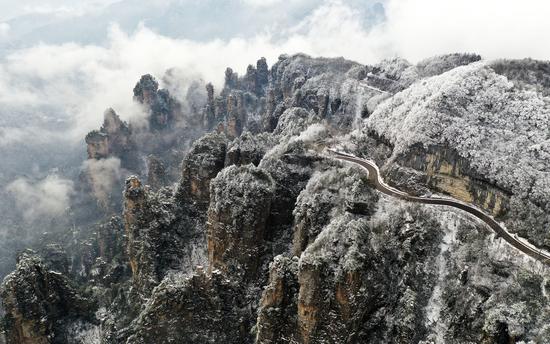



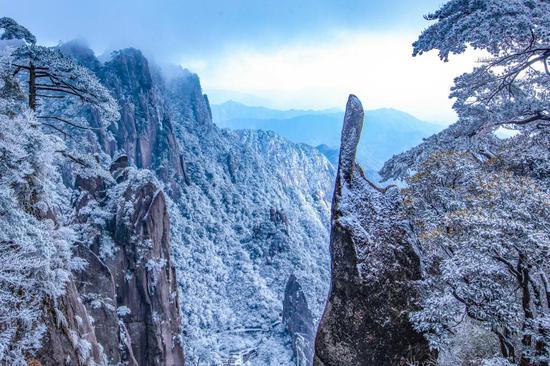
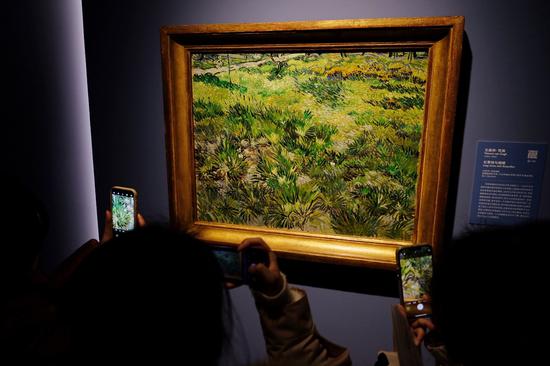
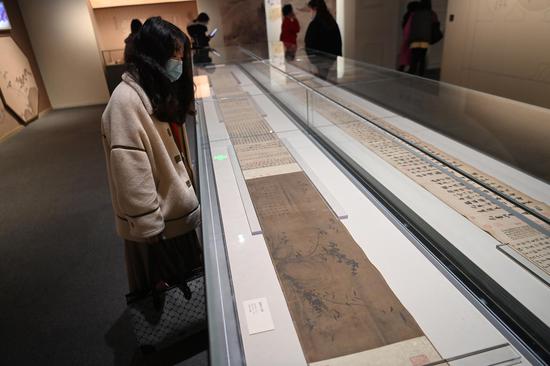




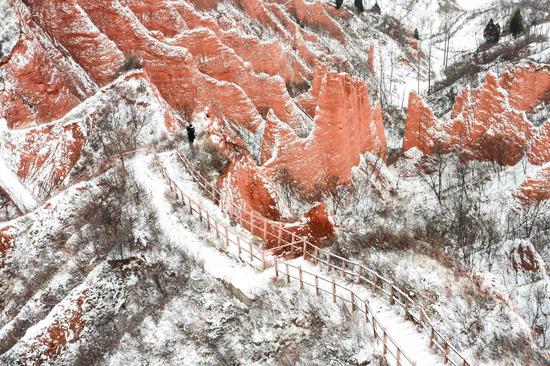




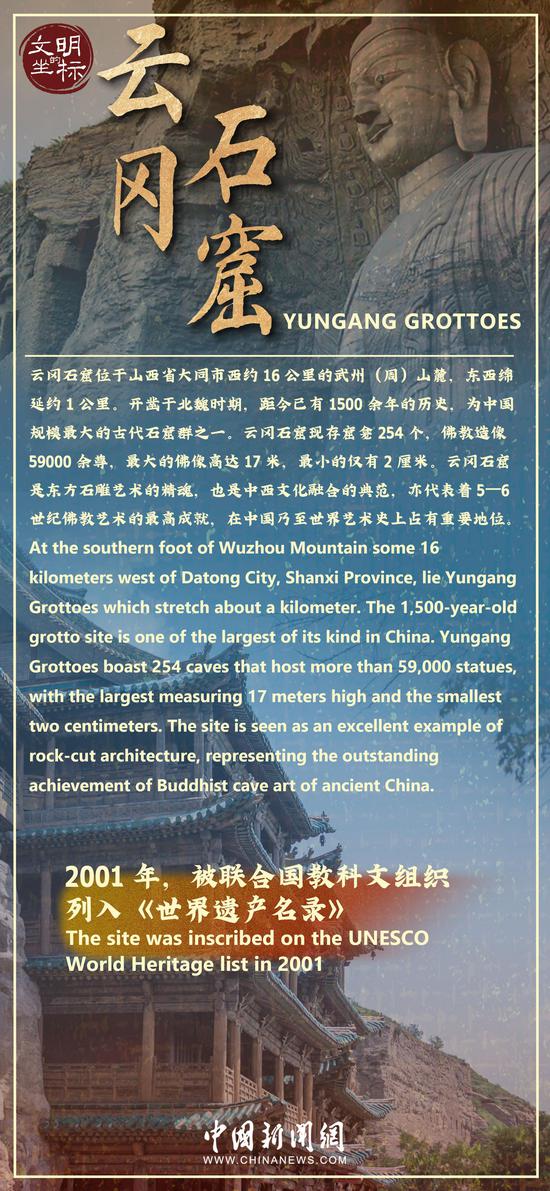

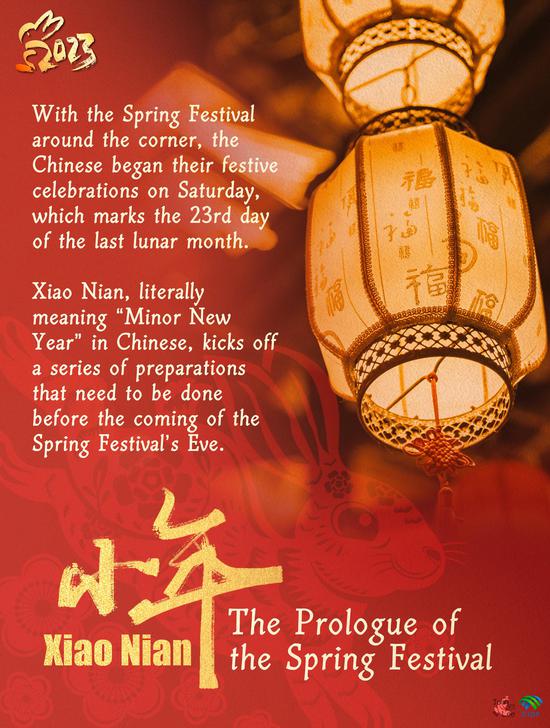
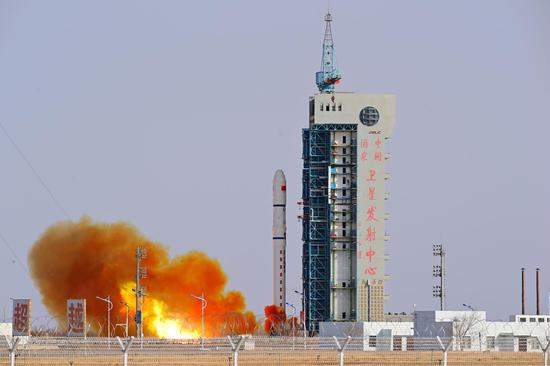

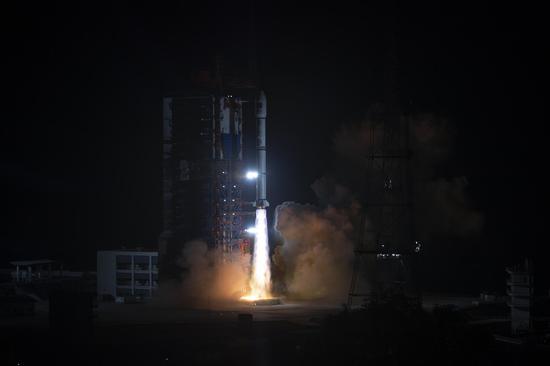



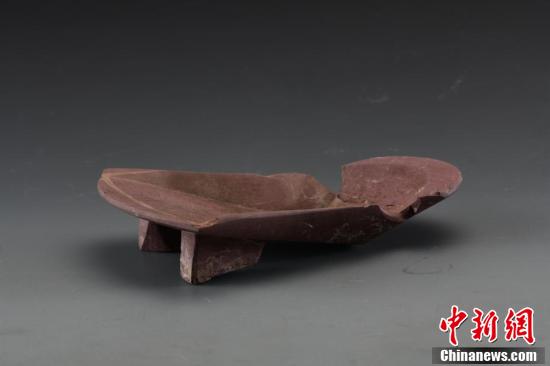



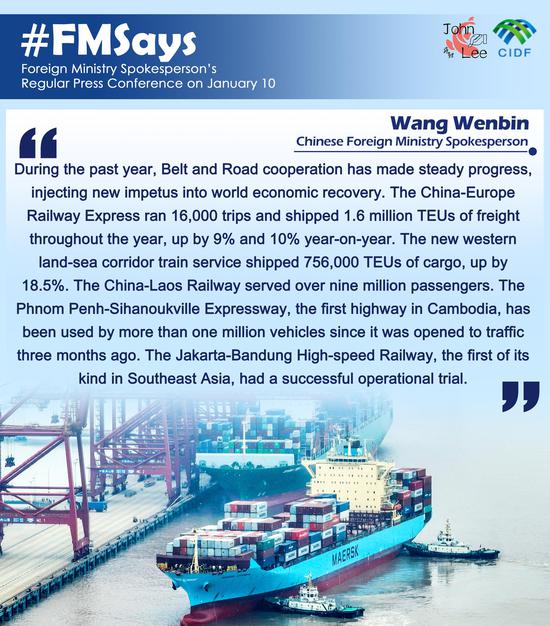




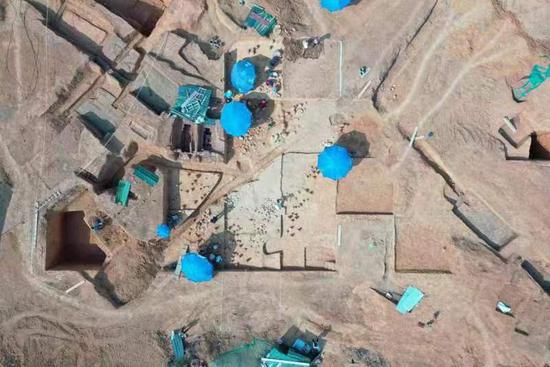



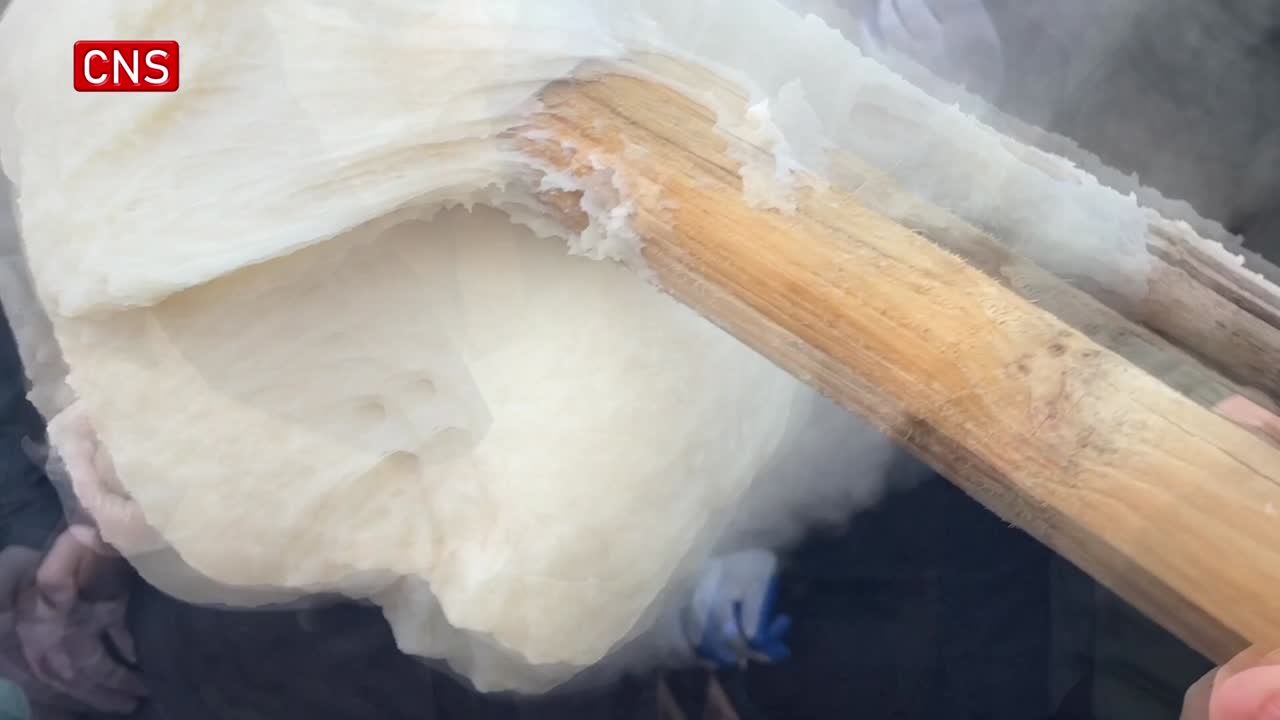



 京公网安备 11010202009201号
京公网安备 11010202009201号